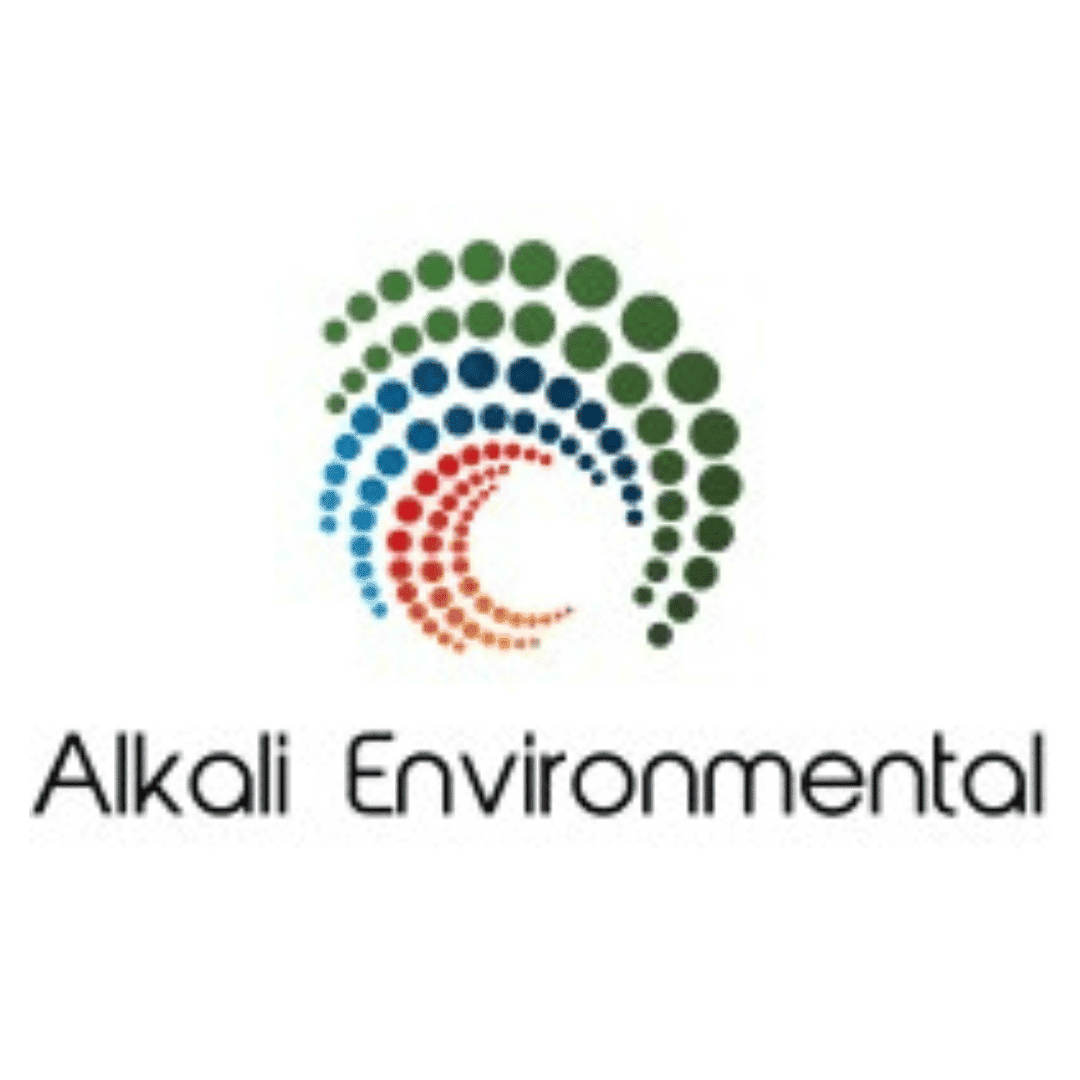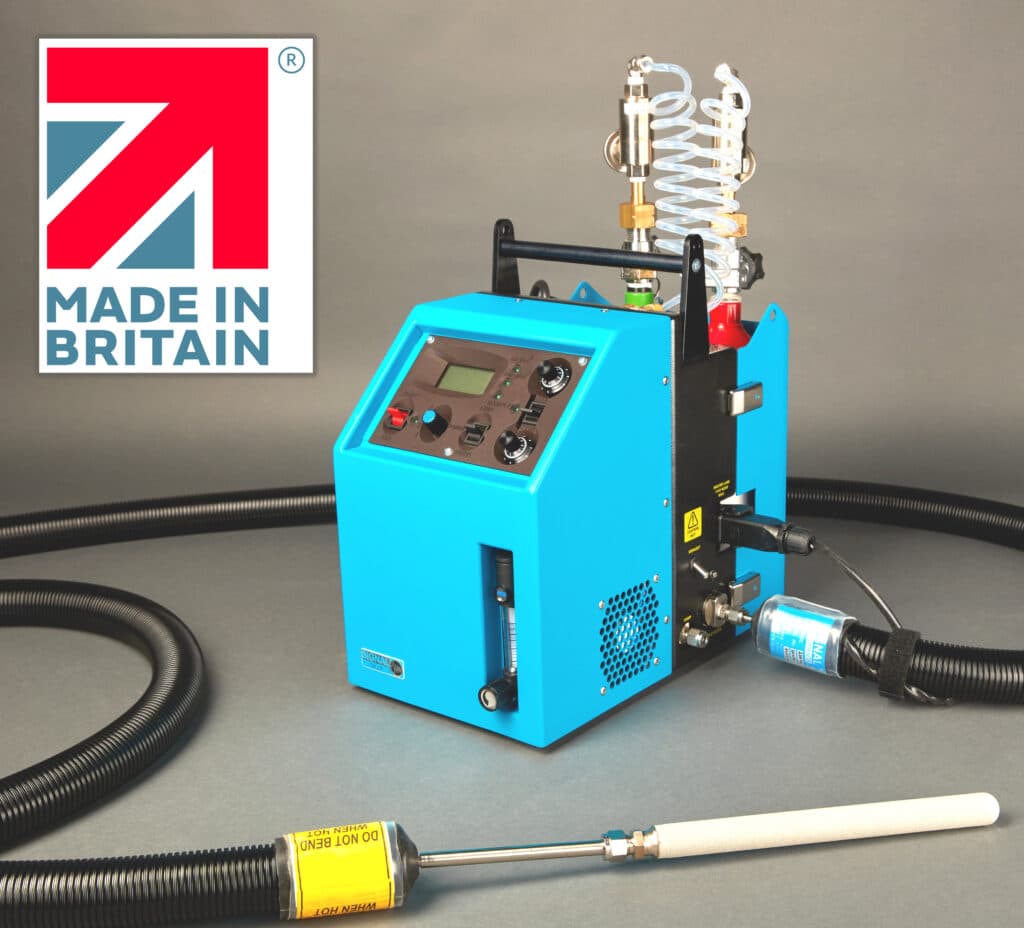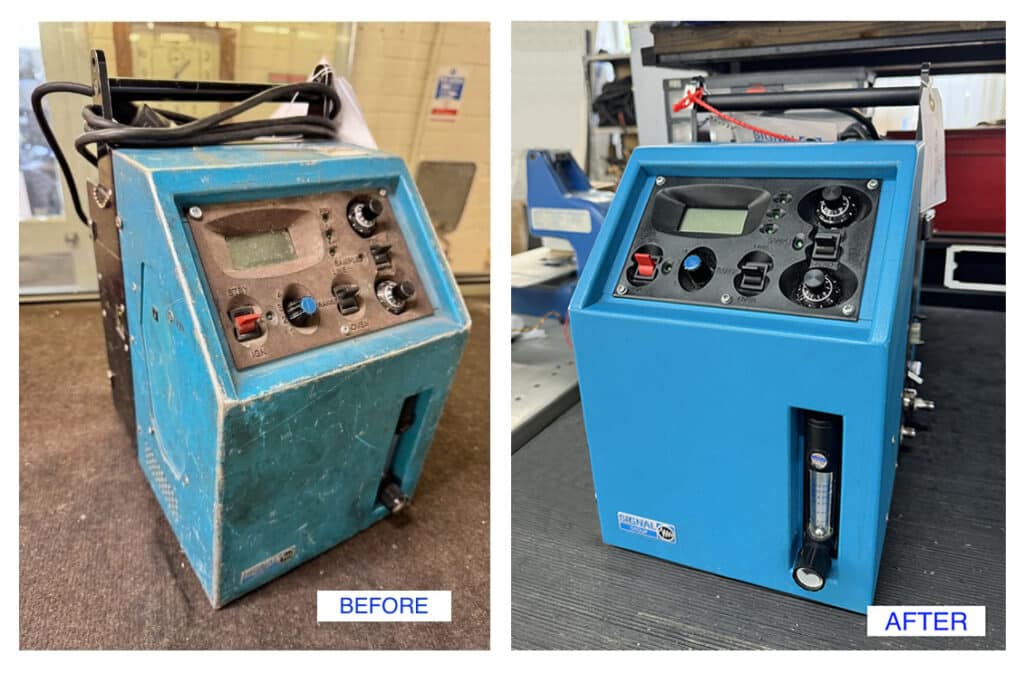With the COP-28 climate conference about to start in Dubai, political and media attention will focus on greenhouse gas emissions, and as a specialist manufacturer of methane and carbon dioxide emissions analysers, Signal Group is well-positioned to comment on the role of industrial process emissions on air quality and climate change. Signal’s Managing Director James Clements explains…
First, it is important to be clear about the difference between air quality and the pollutants that exacerbate climate change. Basically air quality is affected by pollutants that can have a harmful effect, above certain concentrations, on living organisms, whereas climate change is caused by greenhouse gas emissions (GHGs).
Air Quality
Most process emissions regulations focus on limiting the release of gases and particulates that can be deleterious to the health of humans and other organisms. Nitrogen dioxide for example, is known to be particularly harmful to human health, and sulphur dioxide can cause acid rain which harms trees and vegetation. Many Volatile Organic Compounds (VOCs) are hazardous to health, but they also have environmental effects, which include the formation of ozone, a constituent of photochemical smog. At ground level, ozone is generated when VOCs react with nitrogen oxides (NOx) in the presence of sunlight. Ozone can have both acute and chronic effects on humans; affecting the respiratory, cardiovascular and central nervous system, as well as reproductive health. Ground level ozone can also have harmful effects on vegetation and sensitive ecosystems.
Process emissions are tightly controlled by regulations, forcing businesses to implement abatement measures and to monitor emissions and demonstrate regulatory compliance. However, diesel and petrol vehicles are also combustion processes, and whilst their emissions are also tightly regulated, the potential problem with vehicle emissions is that they often take place in poorly ventilated urban areas where pollution can accumulate and affect large numbers of citizens. As a consequence, governments and local authorities around the world are looking for ways to lower pollution exposure on busy streets and near schools for example.
One of the ways in which urban areas can be protected from the most polluting vehicles is to implement ‘Low Emission Zones’ (LEZs) such as London’s ULEZ (Ultra LEZ). Under this scheme, the owners of older, more polluting vehicles have to pay a daily penalty if they wish to travel within the zone. This is naturally a politically sensitive issue, because many people rely on such vehicles and may not be able to afford a newer ULEZ compliant vehicle. However, there is no doubt that LEZs do improve air quality.
The manufacturers of industrial and vehicle engines and boilers are therefore constantly seeking to develop equipment which is both efficient and produces low levels of pollutants. Increasingly, however, there is a need to also reduce GHG emissions.
Greenhouse Gases
GHGs are so-called because they absorb some of the heat that the Earth radiates after it warms from sunlight, and thereby trap this heat in the Earth’s lower atmosphere, causing global warming – the greenhouse effect. The gases which behave in this way include carbon dioxide (CO2), methane (CH4), nitrous oxide (N2O), and ozone (O3). CO2 is responsible for about three quarters of global warming and can persist for thousands of years. Methane causes most of the remaining warming but only persists in the atmosphere for about 12 years. Importantly, methane emission reduction initiatives therefore offer faster improvements in the fight against climate change.
The combustion of fossil fuels such as oil, gas and coal has increased atmospheric methane concentrations by over 150% and carbon dioxide by over 50% since the beginning of the Industrial Revolution. Urgent initiatives are therefore underway to reduce CO2 emissions with many countries committing to significant reductions in GHG emissions as they strive to meet their Net Zero targets.
The old adage goes: ‘you can’t manage what you don’t monitor’ and this is a major driver for analyser sales at Signal, with increasingly large numbers of customers looking to develop engines and processes that offer improved efficiency as well as lower emissions of both air quality pollutants and GHGs.















